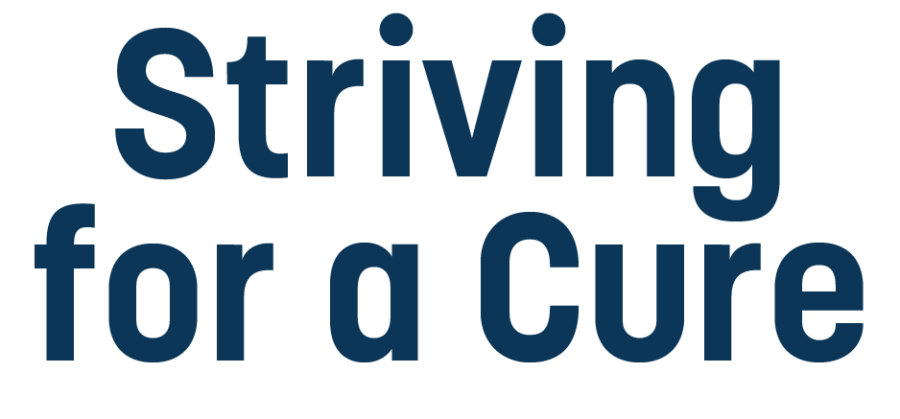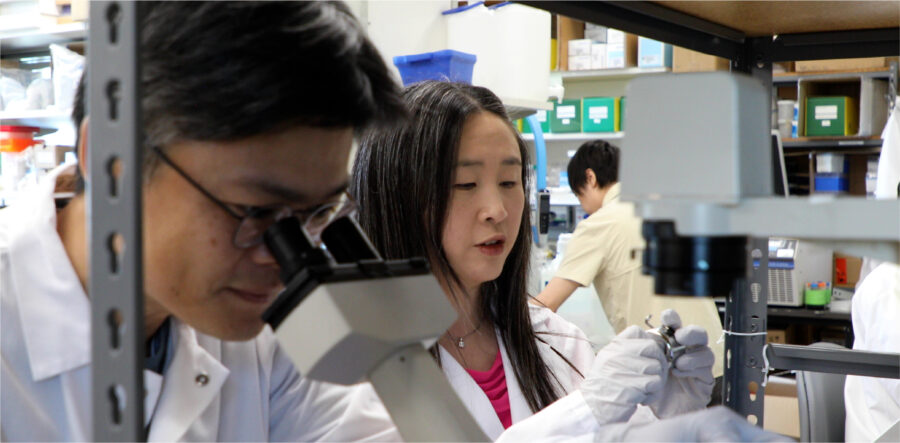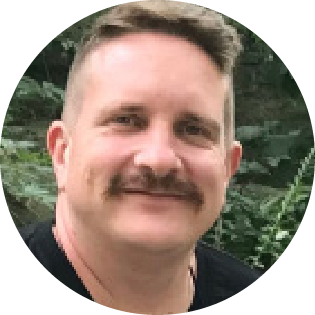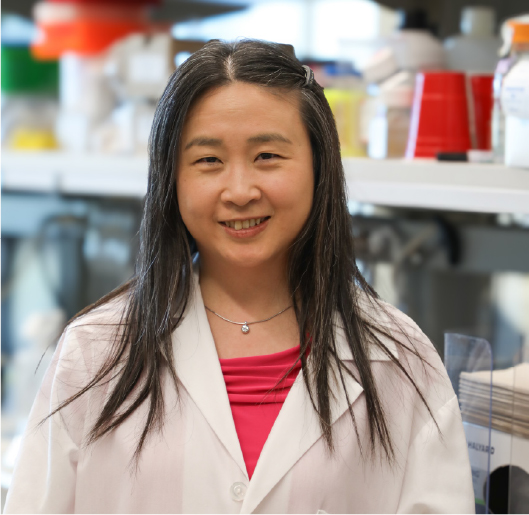Striving for a Cure

Yale researcher and amfAR grantee Dr. Ya-Chi Ho champions the collective effort of curing HIV


By Chael Needle
A sign that hangs in Dr. Ya-Chi Ho’s lab in the Boyer Center for Molecular Medicine at Yale University School of Medicine, where she is an associate professor, reads “We Came, We Sequence, We Cure.”
The biomedical gloss on the famous battle cry may be lighthearted, but it underscores the determination and enthusiasm of one of the leading HIV researchers working today. “I believe it is possible for us to cure HIV in our lifetime,” says Dr. Ho. From talking to her, it’s clear that the “We” extends beyond her lab to other researchers, physicians, grant makers, and people living with HIV (PLWH) who have been brought together by a shared goal—curing HIV.
Dr. Ho, who earned a medical degree from National Cheng Kung University in Taiwan and a doctorate at Johns Hopkins University, has been working on HIV for the past 15 years. During her Ph.D., she developed a full-length single-genome sequencing method that became the standard measurement of the size of the latent reservoir.
Started in 2017, her lab—The Yale Single-Cell HIV-Host Omics Lab—focuses on three areas: understanding HIV-induced immune dysfunction during various stages of HIV infection and suppression; finding ways to stop the proliferation of HIV-infected cells in the reservoir; and designing therapeutic strategies that target the reservoir without harming uninfected cells and preserving immune function.

She and her team have made several exciting discoveries, including finding a novel mechanism to reactivate dormant HIV to make reservoir cells an accessible target.
Her interest in infectious disease research was forged at National Cheng Kung University Hospital. As a first-year resident in 2003, Dr. Ho found herself treating patients in the middle of the first SARS (severe acute respiratory syndrome) outbreak, taking samples and trying to analyze a little-understood virus during a fearful time.
“That made me feel so puzzled and so vulnerable—that we as well-trained professionals had no idea what we could do to fight an unknown disease,” Ya-Chi Ho told amfAR.
HIV presented a similar challenge. During her hospital rotations on the HIV floor and in prison clinics, she attended to the needs of PLWH, from dealing with AIDS-related complications and hard-to-take medications to not being able to disclose to families for fear of being stigmatized. Trust between doctor and patients flourished, and concern flowed both ways.
By the time she ended her residency as an infectious disease attending physician, she glimpsed the treatment horizon of patients like hers: Yes, the newly approved antiretrovirals worked well to suppress the virus, but they had a high pill burden and came with side effects. It made her rethink how she could respond. “If I just continue for 30 years, then [patients] will need to continue for 30 years taking the same medications. Is there a way that we can solve this problem by understanding the disease better? And that’s why I pursued Ph.D. training in the United States.”
Curing HIV was foremost in her mind. As a med student, Ya-Chi attended a talk by preeminent HIV researcher Dr. David Ho, who had recently appeared on the cover of Time magazine. His optimistic message about the promise of combination antiretroviral therapy circa 1996—hit early, hit hard, cure HIV—inspired her.
But when she joined Dr. Robert Siliciano’s lab at Johns Hopkins as a doctoral student, she learned that curing HIV would not be that easy. Dr. Siliciano and others had discovered an obstacle: the HIV reservoir.
“I believe it is possible for us to cure HIV in our lifetime.
— Dr. Ya-Chi Ho
Not only is the reservoir hard to locate, said Dr. Ho, it’s not easy to predict when HIV-infected cells might reactivate, like dandelions springing up in your backyard. “You can use your lawnmower to remove those dandelions. You may no longer see the flowers, but the roots are still there.
“You can try hard to remove all the roots but, first, you can’t find them; second, you don’t know where they are; and third, you don’t know how to differentiate between the normal root of HIV, or dandelion, and all the others like the CD4 T-cells that are actually good for your body.”
One of her solutions: single-cell profiling tools that distinguish between what you want to eradicate (HIV-infected cells) and what you want to keep safe (uninfected immune cells). “For every flower and weed and plant in this lawn you have, we’re going to look at each one of them; then using genome mapping or single cell RNA-Seq analysis, we can find which cells have HIV.” The cells are then analyzed to find out “what is special about these infected cells, why they can survive, why they can proliferate, and are there specific markers that we can use as therapeutic targets so we don’t kill the uninfected immune cells that are important to us.”
Although she wanted to use single-cell analysis, Ya-Chi wasn’t trained in this field. So she collaborated with Yale researcher Dr. David van Dijk, a single cell bioinformatics expert who had developed machine learning tools that could look at 20,000 gene expressions in a simple plot in order to figure out which cells were important to study further.
Ho said her amfAR grant and the amfAR think tank in which she participated encouraged this “curiosity-driven research that is essential for any field of science to move forward,” as well as collaboration and cross-pollination across different fields to solve questions around curing HIV.
“This is a very good community because people living with HIV tell us their needs, and then we as investigators take these translational approaches, trying to answer this intimidating question both on the basic science side and on the clinical side. …We are all pursuing this similar goal of treating our [study] participants better and providing a cure. And that’s very exciting.”
Chael Needle is amfAR’s senior staff writer.
RELATED CONTENT
Dismantling HIV Silencing Factors
A team of researchers led by Dr. Ya-Chi Ho sought to identify normal cell proteins that might serve as HIV “silencing factors.”
HIV Cure, Control, Care: What’s New?
Dr. Ho participated in an HIV cure-focused plenary session at the 2023 International AIDS Society conference.